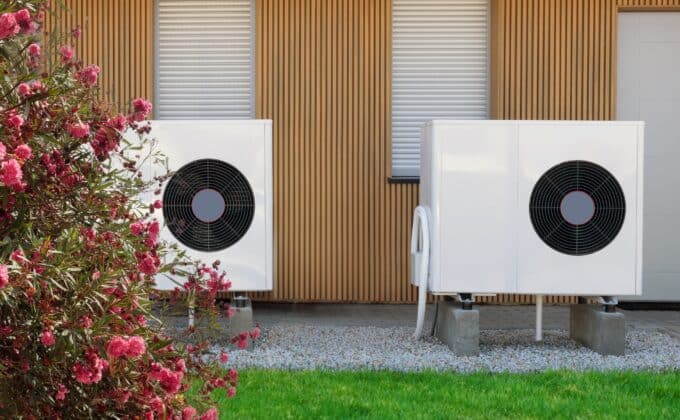Content Filter:
October 9, 2024
提升电力需求侧弹性以平滑价格波动
近年来,中国风能和太阳能等可再生能源在电力系统中的比例不断提升。随着“双碳”目标的推进,这一趋势将继续深化。为支持新型电力系统的构建,政府部门在规划多项措施,其中包括加快电力现货市场的建设。然而,伴随着多省现货市场进入试运行和正式运行阶段,电力现货市场的价格波动引发了政策制定者、市场参与者和用户的担忧。虽然现货市场价格波动是新型电力系统中传递关键信号的重要机制,但若市场设计不当或监管不力,可能导致无效信号甚至价格飙升。随着可再生能源渗透率的增加,这些问题可能更加显著。本文将重点探讨防范新型电力系统价格过度波动的一个重要手段——持续推进需求侧用电弹性建设,充分发挥需求响应能力。 增加需求侧的用电弹性多年来一直是政策关注的重点。在过去的讨论中,它往往被视为用较低的系统成本增强系统韧性,保障电力安全的妙方。但在诸多讨论中较少提及的是,需求侧用电弹性在平稳电力现货市场价格中扮演着关键角色——它能够帮助降低价格不确定性,确保市场传递理性的价格信号,进而助力新型电力系统高效运作。借鉴国内外的经验,我们认为在碳中和背景下,电力系统的规划与建设应持续重视需求侧弹性的建立,从供给侧与需求侧共同发力,在保证电力供应与价格稳定的前提下,以较低的系统成本实现减排目标。 不仅在中国,在其他电力系统中可再生能源占比不断增高的国家中(例如美国与欧盟的一些国家),政策制定者及市场主体也在讨论电力现货市场价格波动的利弊,并尝试了各种措施来试图改进价格信号的形成。有些措施的结果并不尽如人意,并且给电力系统运行带了不必要的成本,比如,在电力现货市场中设立严格的限价机制,或缺乏建立完整的价格传导机制。 有一些方法可以在减少价格波动、抑制价格飙升的同时,以较低的成本提高系统可靠性。其中,最重要的方法之一是提高需求侧的灵活性。全球范围内越来越多的证据表明,继续增强需求侧的灵活性有助于平滑市场价格、提升市场效率、降低平均成本,并能助推可再生能源并网。 近期,柏林工业大学的一项研究为这个话题提供了新的模型分析基础。这项研究通过对三个欧洲国家的电力现货交易市场进行仿真模拟,发现增加需求侧弹性可以大幅降低现货市场价格不确定性的风险。研究者以风力发电、光伏发电、电池储能和氢储能组成的电力系统作为研究对象,模拟结果显示加入适当的短期需求弹性就能帮助有效稳定电能量市场价格,显著减少电能量市场的高价、零价等现象,以及更好地对抗天气造成的扰动。 随着电力系统中新能源渗透率不断提高,电力系统净负荷的随机性增强,对电力现货市场价格的稳定性提出了更大的挑战。而要防范和解决随之而来的电力价格波动风险,我们有必要继续深化多年以来在这方面的努力, 着力提升需求响应的灵活性、增强需求侧弹性、更充分地开发需求侧资源。中国电力市场的政策决定者已经在这一方向上做出了积极的努力,并设立了一系列支持性政策。例如,在2024年8月6日新出台的《加快构建新型电力系统行动方案(2024—2027 年)》中,特别将“需求侧协同能力提升”作为一项重要行动,提出计划建设一批虚拟电厂,并对加强需求侧响应能力提出了具体要求。另外,近期修订的《电力需求侧管理办法》也为深化电力需求侧管理、充分挖掘需求侧资源提供了重要基础。这项工作依然充满复杂性,且需多管齐下。这里,我们选取其中比较重要的几点,作为推进下一步工作的建议: 一是,应在设计和构建新型电力系统的过程中强调需求侧弹性,将需求侧资源(如虚拟电厂)纳入电力规划与电网规划。各地区应积极响应中央提出的需求侧响应能力建设目标,结合当地电力负荷特性与发展规划,出台配套政策与鼓励措施,切实推进需求侧资源的建设与需求侧多元灵活性的开发。 二是,在建立合理的价格传导机制和需求侧价格信号方面持续发力,从而更好地平衡电力市场供需。可以在2021年出台的《关于进一步完善分时电价机制的通知》(发改价格〔2021〕1093号) 政策基础上, 实行更能够反映成本差异的分时电价制度,以更好地激励用户在低谷时段增加用电,在高峰时段减少用电,进而实现负荷的有效转移,平滑负荷曲线。各省在这一领域已经做出了巨大的努力,但仍需进一步改进分时电价的设计,以更好地反映系统条件的变化。进一步,应推广实时电价政策,使成本信号更准确地传递到需求侧,并激励需求侧资源为系统提供灵活性服务,进而实现以更低的系统成本削减高峰负荷,这在北美电力市场已经有成功经验。 三是,应优化需求侧资源的调度运行机制以及电力现货市场参与机制,确保虚拟电厂获得合理的经济价值补偿,以激发需求侧响应活力。比如,允许需求侧资源以“报量报价”的方式参与市场出清,即需求侧资源可以根据自身的成本效益情况自主决定提供的电量和价格。这种方式能够更充分地发挥市场机制的作用,提高需求侧资源的利用率,并进一步提升整个电力系统的经济性和可靠性。 通过上述措施,不仅可以有效减少电力现货市场的价格波动,还能降低平均成本,提升系统的运行效率,为更多可再生能源的接入和整合创造有利条件。同时,这也将为推动中国能源转型、实现可持续发展目标提供有力支撑。 本文微调版刊登于《中国电力报》,2024年9月24日… View Summary +

August 15, 2024
Getting Heat Pump Incentives Right: Another Look at the High-Efficiency Electric Home Rebate Act
- Matt Malinowski
In December 2023, RAP and CLASP published “Accelerating Heat Pump Adoption through the Inflation Reduction Act (IRA) and Complementary Policies.” Using a modified U.S. Department of Energy (DOE) model, the authors analyzed the impacts of incentives on heat… View Summary +
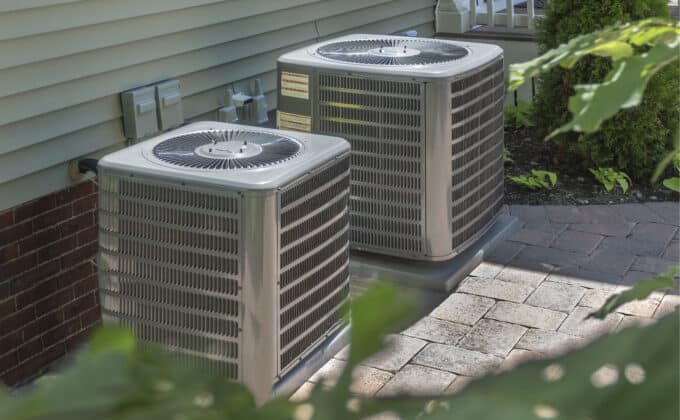
August 12, 2024
建筑节能箭在弦上,供热物理“外挂”势在必行
建筑是中国能源消耗和碳排放的主要领域之一。中国既有建筑总量大,能耗和碳排放强度高。中国宏观经济研究院发布的《中国能源转型展望2022》报告中,提出了一条在合理成本和可行技术下实现“双碳”目标的途径。在该碳中和情景下,建筑和供热行业都需要加速电气化。研究表明,建筑领域将主要通过提高分布式和集中供暖的热泵使用率实现电气化、减少化石能源消耗,到2035年,建筑供暖的终端能源消费应该基本实现无煤化,并在2060年完全停止直接消耗煤炭和天然气(详见图 4-33,CNS2情景)。尽管其他研究对实现“双碳”目标的路径会有所不同,但几乎可以确定的是,随着未来建筑能耗的进一步增长,建筑领域需要采取多种措施大幅减少化石能源的直接或间接使用。 近年来,得益于国家与市政的支持和推广,中国热泵行业取得了显著进展。然而,推广热泵的应用仍然面临挑战,其中高昂的初装和运营成本是经常被提及的主要障碍,但实际上,从产品的寿命周期来看,热泵的高效能可以持续降低电费,使得用户不出几年便可回收成本。 本文旨在探讨如何有效提升居民和商业用户的供暖水平,在满足民生需求的同时最大化的降低费用成本。除了安装高效节能的供暖产品,提高建筑物自身能效,也是非常重要的工作。对于既有建筑,通过加强建筑围护结构的改造可以减少运行时的能量损失和供暖费用,并在安装或更换供暖设备时让用户可以选择容量更小、更便宜的热泵来满足供暖或制冷需求;对于新建筑,通过超低能耗设计也能实现同样的效果,进一步降低热泵初装和运营成本。若在建筑的整个寿命周期内尽早进行全面的节能改造,则能够获得最大的成本节约效果。虽然建筑围护结构的节能改造已是老生常谈,但将其作为热泵的“外挂”,实现热泵和围护结构一体化,能达到1+1>2的效果,丰富政策设计和资源调度。… View Summary +

July 28, 2024
季节性容量机制调动需求侧资源发展
随着可再生能源大规模发展和并入电力系统,以及碳中和目标下化石能源机组的转型,电力系统对灵活性和可靠性的需求与日俱增。尤其近年来,国内外频现的电力危机、能源危机无不提醒着保障电力安全的现实紧迫性。各个国家和地区的电力市场设立了不同类型的容量回收机制,如容量市场机制、稀缺定价机制及容量补偿机制等。2022年,国家发改委、国家能源局发布的《关于加快建设全国统一电力市场体系的指导意见》(发改体改【2022】118号)发布一年多来,围绕“加快形成统一开放、竞争有序、安全高效、治理完善的电力市场体系”目标,容量成本回收机制建设稳步推进。 去年,国家发改委、国家能源局近期联合印发《关于建立煤电容量电价机制的通知》,容量补偿机制从无到有,现在朝着市场化的方向纵深发展。4月25日,国家发改委发布了《电力市场运行基本规则》( 2024年第20号令),呼吁“逐步推动建立市场化的容量成本回收机制”,由“发电机组、 储能等”资源出力。容量市场应该可以开放给各类资源参与。此前,… View Summary +

July 26, 2024
How to drive industrial electrification for climate and strategic independence
Electrification is the name of the game Heat is a crucial element in almost every manufacturing process, whether it is in the heavy stuff of melting glass and steel or firing ceramics at scorching temperatures (800°C-1,500°C), producing chemicals (100°C-500 °C),… View Summary +

July 2, 2024
Treat the cause, not the symptom: Preparing for megawatt truck charging uptake in Europe
Unbalanced charging could put unnecessary stress on distribution grids The European Union’s Alternative Fuels Infrastructure Regulation (AFIR), which entered into force mid-April 2024, requires Member States to scale up the buildout of truck charging capacity and density starting in 2025. View Summary +
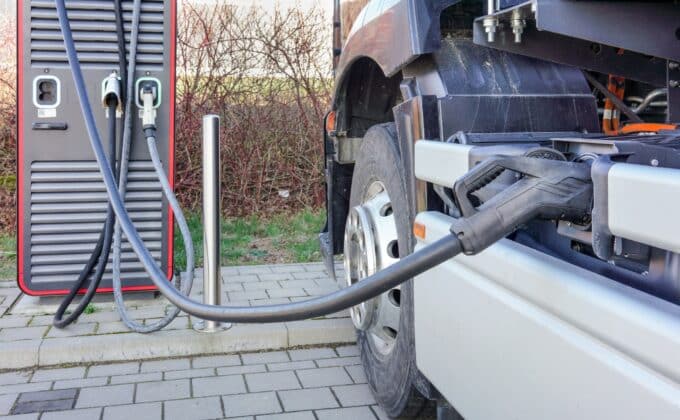
June 20, 2024
优化季节电价,推动电气化供暖
近年来,热泵的推广和应用在我国发展较快,与其他国家一样,要实现清洁供暖的目标仍然任重道远,在采购供暖设备时,许多用户与供热商仍存在犹豫,其中认为热泵运行成本较高是主要因素之一。本文将简要探讨可能解决此问题的路径之一,进一步完善分时电价机制中的季节性差异,即季节性电价–通过调节季节性电价来降低用户电费,有助于缓解对运行成本的担忧,促进热泵的使用率,从建筑电气化层面来支持我国实现双碳目标。 2021年7月26日,国家发改委印发了《关于进一步完善分时电价机制的通知》(发改价格〔2021〕1093号),倡导“进一步建立健全季节性电价机制”,为用户提供更明确的价格信号。更针对电采暖,提出了“季节性电采暖电价“政策指导,降低用电成本的同时更进一步推动热泵部署。自2021年来,许多省份已经响应号召,实施了季节性分时电价。随着更多的大规模可再生能源并入电网,提高建筑终端用能电气化水平可以有助于消纳电量,另外,制定季节性电价可以降低清洁采暖成本,保障民生供暖需求。因此,有必要考虑如何建立健全季节性电价机制。 与适用于… View Summary +

June 13, 2024
New Report Shows the Diversity of Clean Energy Siting Policies and Permitting Authorities Across the Country
- Shawn Enterline ,
- Nelson Falkenburg
Across the United States, support for renewable energy is growing. Public opinion surveys regularly show that most Americans see the development of lower-emission energy sources as a priority. The U.S. government is looking to keep up this momentum to… View Summary +
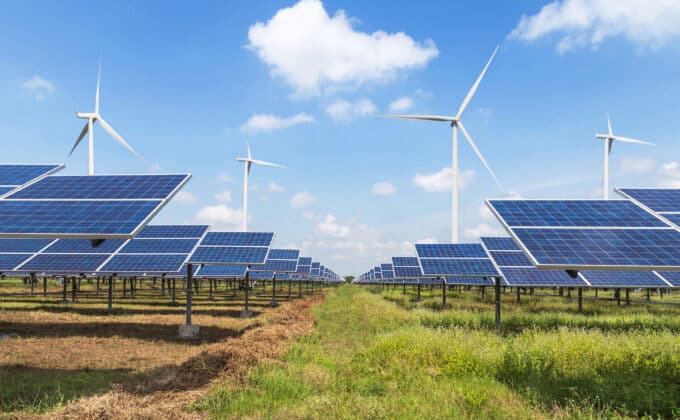
May 31, 2024
What’s the Buzz? Ground-Truthing Cold-Climate Heat Pump Performance
I live in Missoula, Montana, a small college town tucked into the Rocky Mountains. We’re known for our outdoor access, not for our burgeoning restaurant scene. So when a new spot opens, there’s usually a lot of buzz. It’s exciting… View Summary +
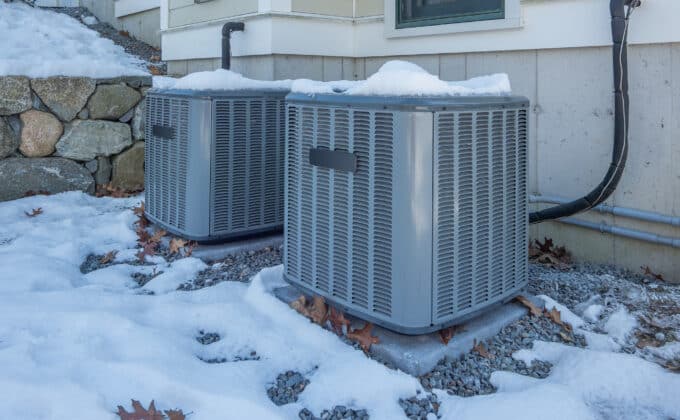
May 24, 2024
Heat pumps gained European market share in 2023 despite falling sales
Following several years of strong growth, heat pump markets slowed in Europe in 2023. In previous articles for Carbon Brief, we discussed this initial surge in 2021 and explored the impact of the energy crisis in 2022. Yet, despite… View Summary +
